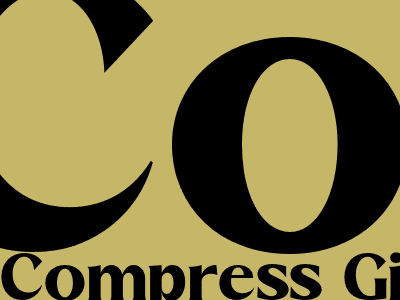Compress GIF: Optimize Animated Images for Faster Loading
Why Compress GIFs?
Animated GIFs have become increasingly popular for adding visual interest to web pages and social media posts. They can be effective for capturing attention and conveying emotions. However, uncompressed GIFs can be large in size, which can slow down your website or blog loading time.
Compressing GIFs can significantly reduce their file size without sacrificing their visual quality. This can lead to faster loading times and improved user experience, which can have a positive impact on your search engine rankings and conversion rates.
How to Compress GIFs
There are several ways to compress GIFs. You can use online tools, desktop software, or command-line utilities.
- Online tools: There are many online tools available for compressing GIFs. Some popular options include Optimizilla, Ezgif, and Gifsicle. These tools typically have a simple drag-and-drop interface that makes them easy to use.
- Desktop software: You can also use desktop software to compress GIFs. Some popular options include Adobe Photoshop, GIMP, and ImageOptim. These tools offer more advanced options for compression, but they may have a steeper learning curve than online tools.
- Command-line utilities: If you are comfortable working with the command line, you can use command-line utilities to compress GIFs. Some popular options include gifsicle and Advdef. These utilities offer the most flexibility and control over the compression process, but they require some technical knowledge to use.
Tips for Compressing GIFs
Here are a few tips for compressing GIFs without sacrificing their visual quality:
- Start with a high-quality GIF. The better the quality of your original GIF, the better the results of compression will be.
- Use a lossless compression algorithm. Lossless compression algorithms preserve all of the data in your GIF, resulting in no loss of quality. However, lossless compression typically produces larger file sizes than lossy compression.
- Use a lossy compression algorithm with a low compression ratio. Lossy compression algorithms remove some of the data in your GIF, resulting in some loss of quality. However, lossy compression can produce much smaller file sizes than lossless compression. Experiment with different compression ratios to find the best balance between quality and file size.
- Reduce the number of colors in your GIF. GIFs can have up to 256 colors, but most GIFs use far fewer. Reducing the number of colors in your GIF can significantly reduce its file size.
- Optimize the frame rate of your GIF. GIFs can play at different frame rates, measured in frames per second (FPS). A higher frame rate results in smoother animation, but it can also increase the file size. Experiment with different frame rates to find the best balance between smoothness and file size.

Comments